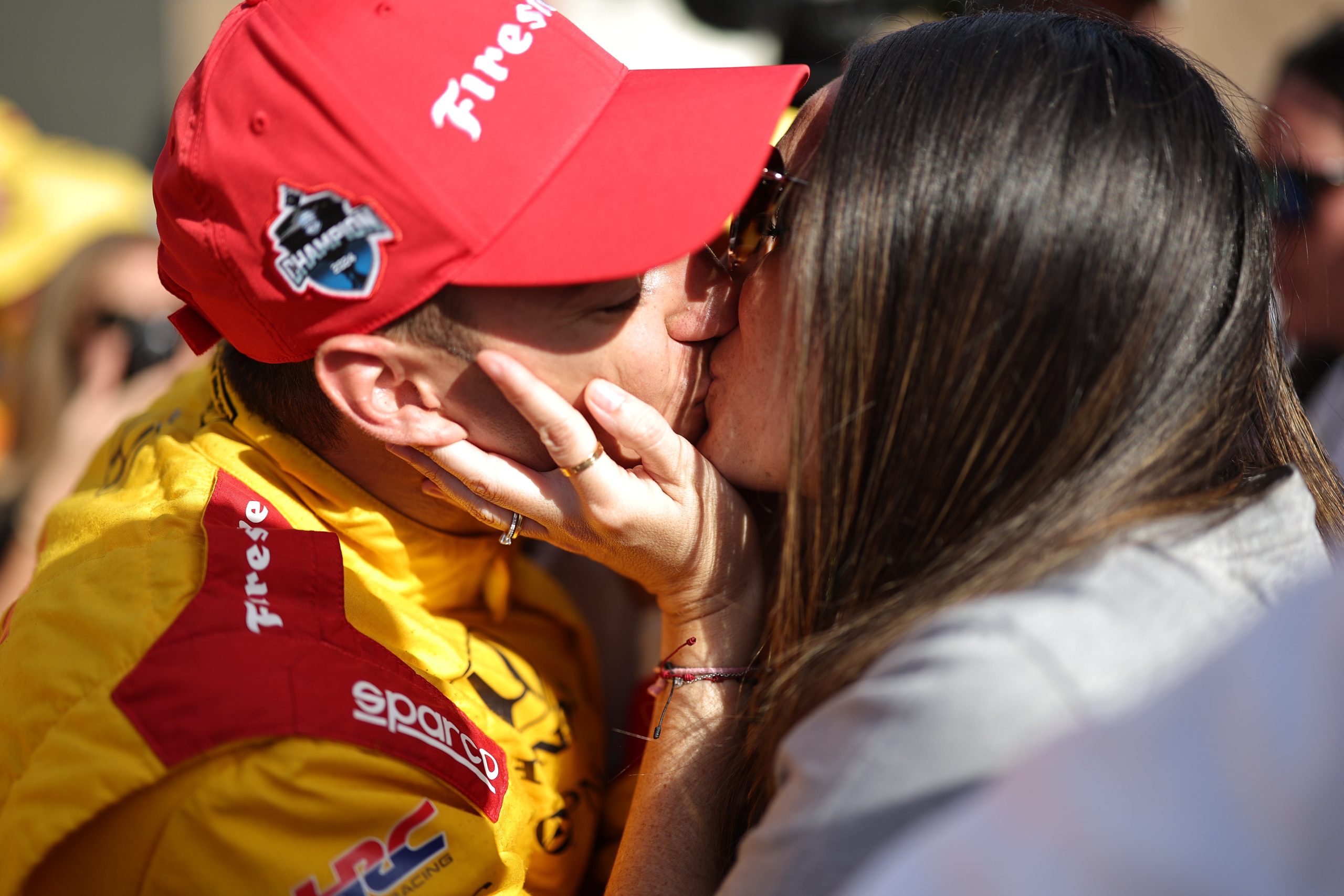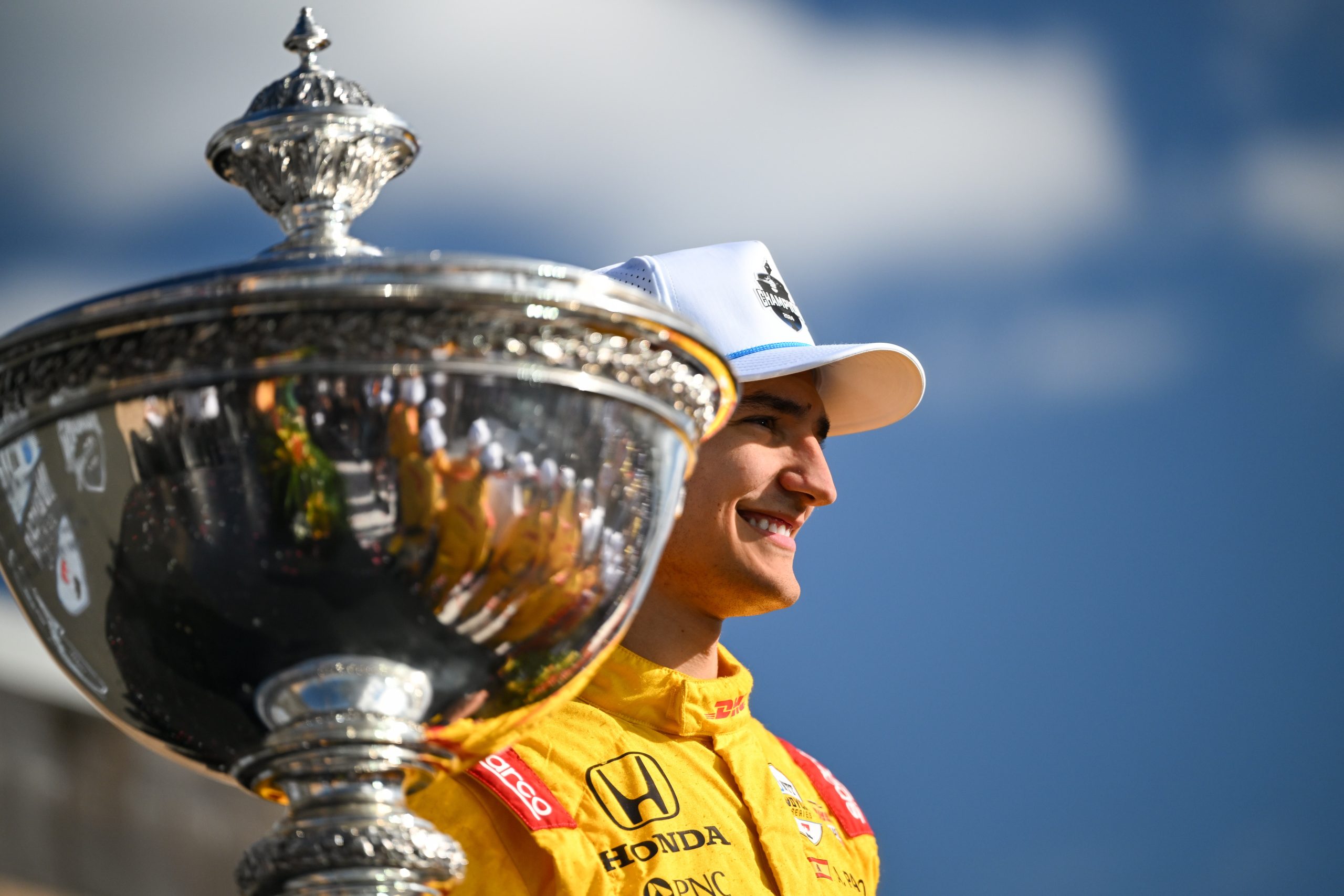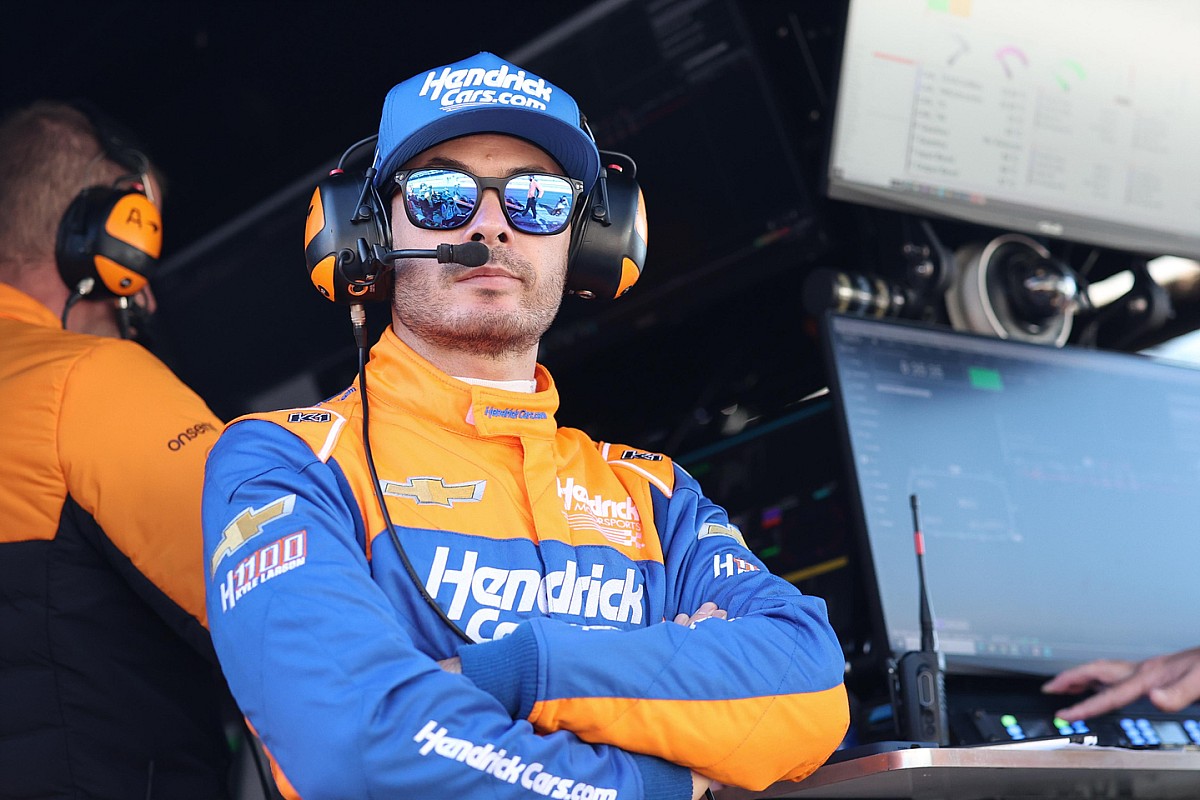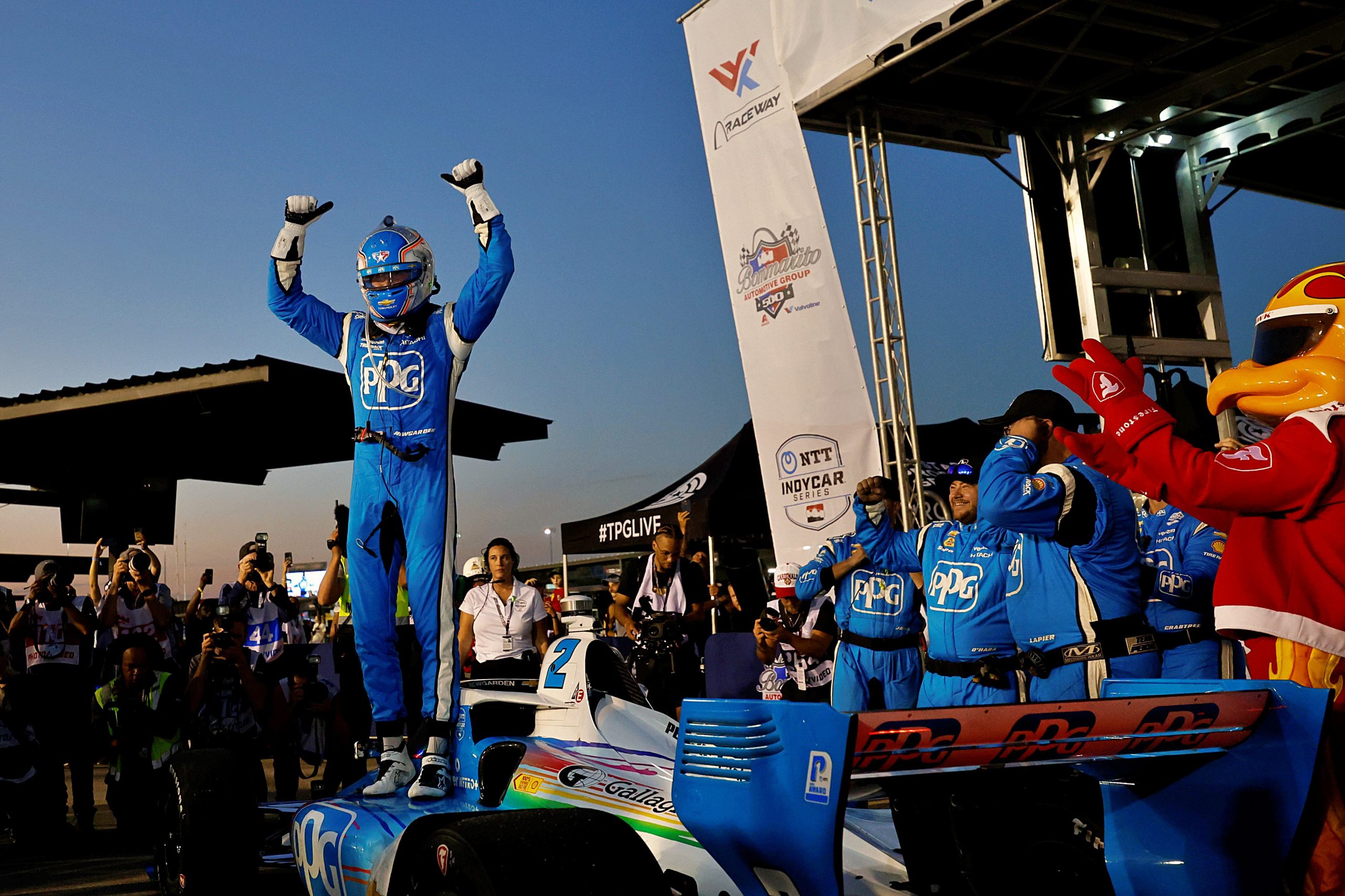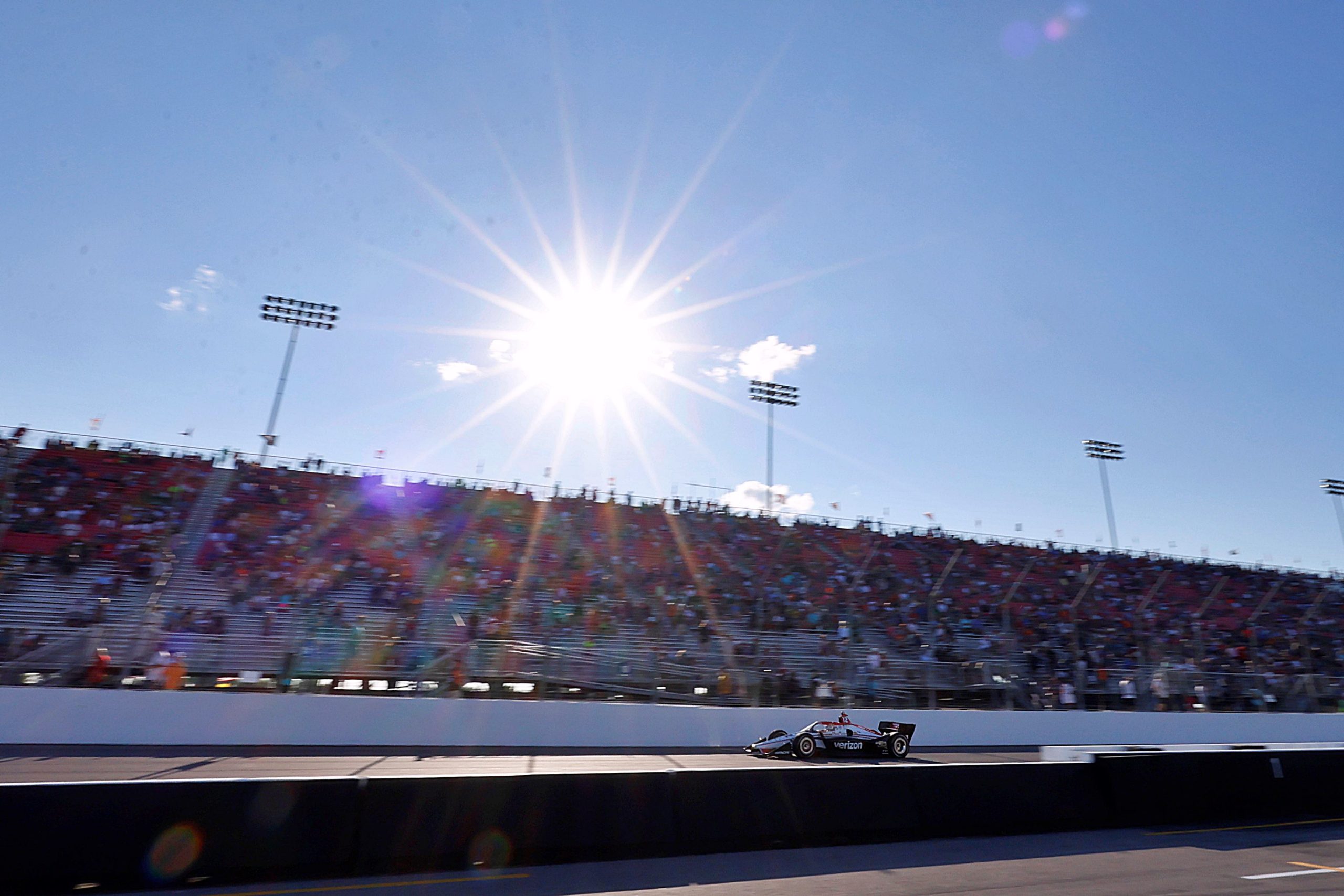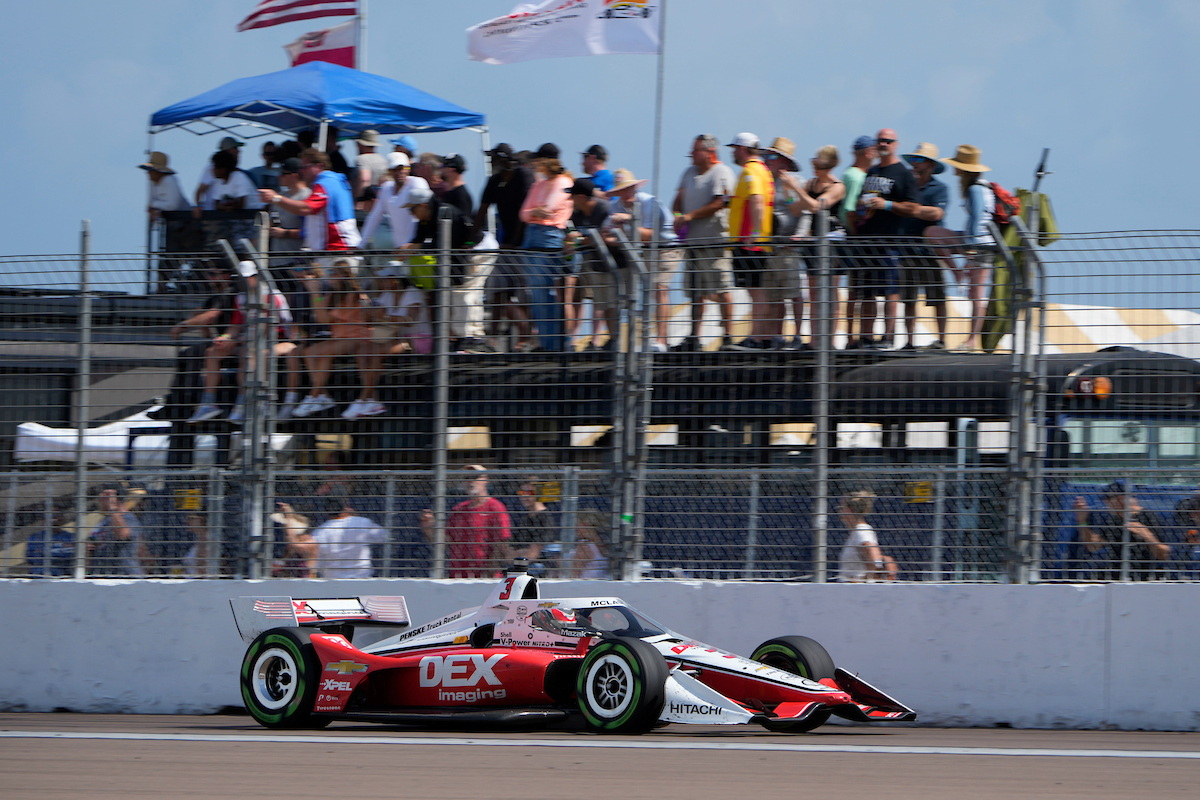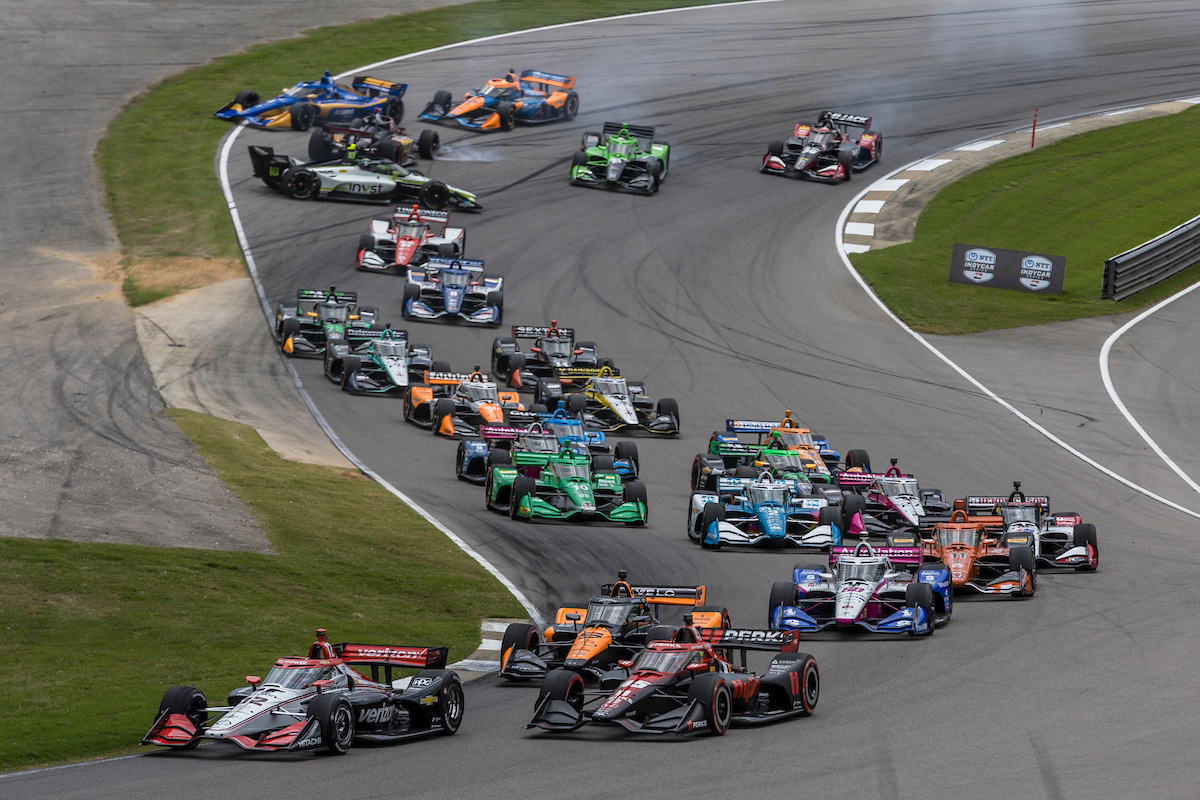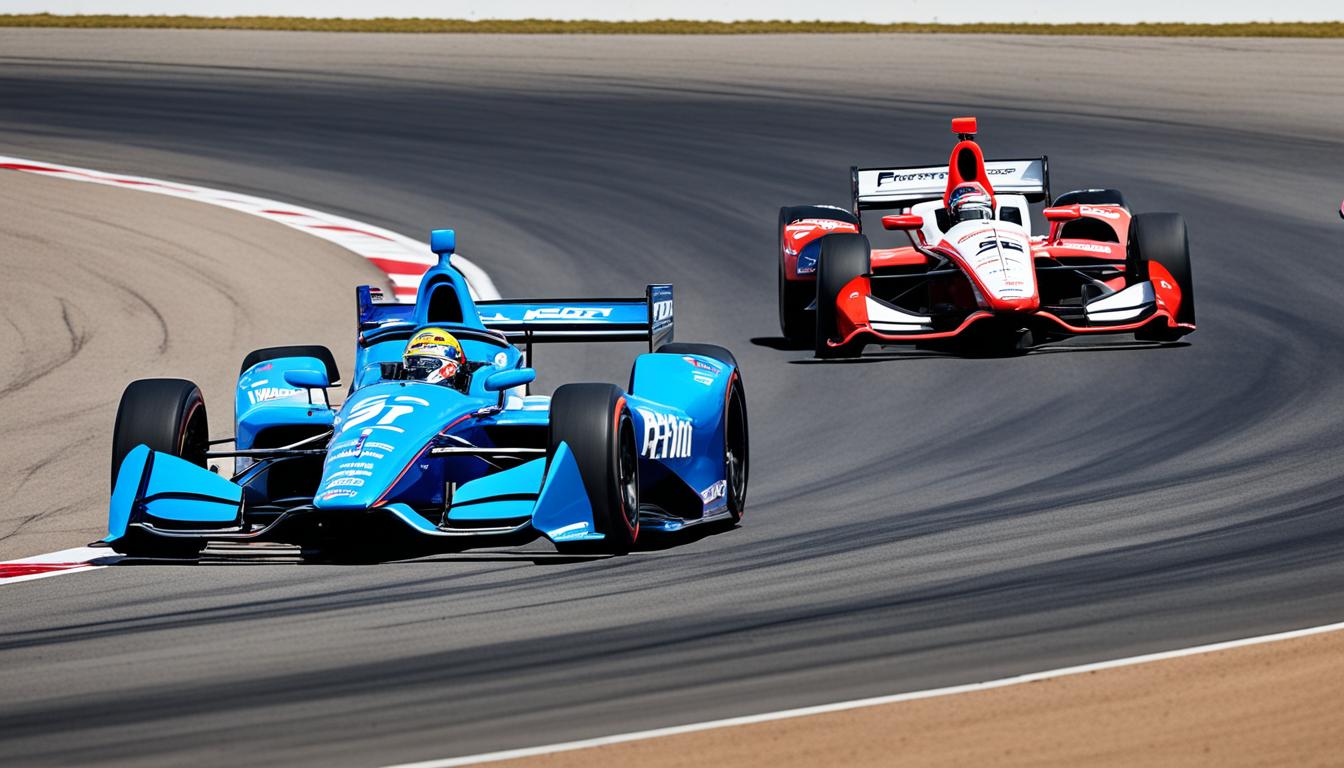A Beginner’s Guide to IndyCar

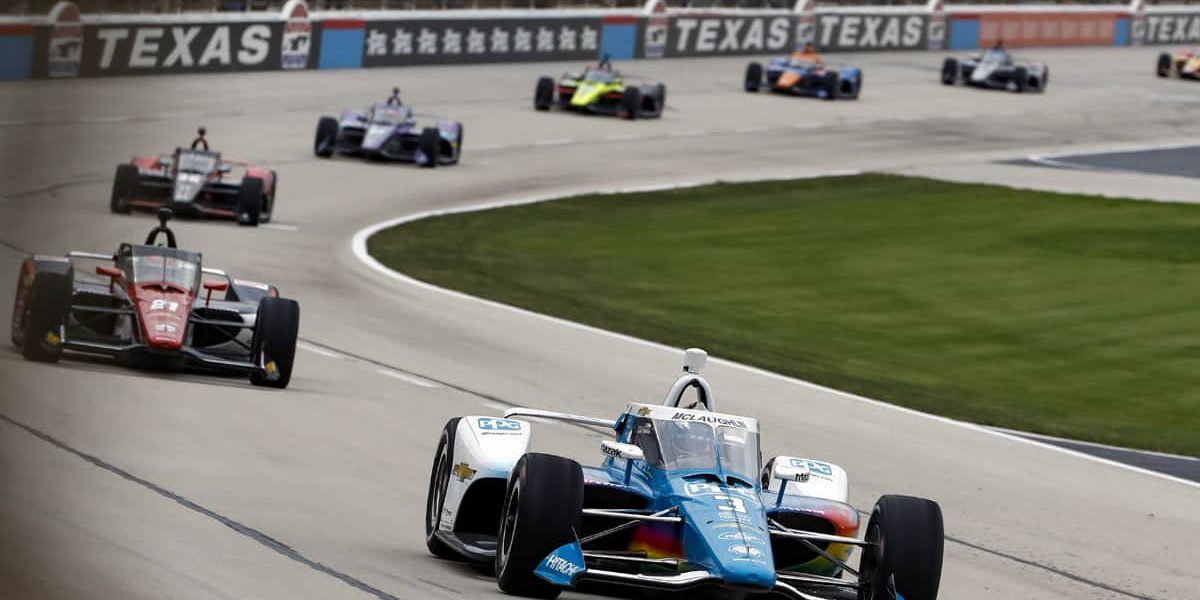
When beginners get interested in a sport like IndyCar racing, they need to get their basics right. The only way to get to know the sport better is to understand a bit of its history and the format followed by the sport. The next thing is to understand the rules of the sports. Watching regular broadcasts on television and listening to the commentators augment the knowledge of beginners. Reading about the sport also helps beginners get a grip on the any sport.
Sports like basketball, baseball, and football are taken for granted by young ones in America. These are the sports that you can watch live in school and college games and even participate in. IndyCar racing is altogether different. A person has to attain an age of 18 years of age to get a driving licence in the US. Indy Car drivers start at an early age, competing in go-kart courses and the like. Most kids watch IndyCar races on television at home and want to become ace IndyCar drivers when they grow up.
Let’s take a look at what it takes to understand IndyCar racing. We will first go through a brief history of IndyCar. Next, we’ll take a look at the teams racing today followed by the tracks on which IndyCar races are held. A glimpse of what IndyCar racing is all about and the rules and regulations that participants have to follow will help. We will also discuss the types of tracks that IndyCars race on. A look at the type of flags used in the race and the points awarded will bring a beginner up to speed with the motor racing sport.
Keep reading for the ultimate guide to IndyCar that veteran and new fans alike will need.
Table of Contents
Guide to IndyCar
When did IndyCar racing begin?
IndyCar, along with Formula One, is the most popular open-wheeled single-seated motorsport in the world. While Formula One has a worldwide following, while any young American will swear by IndyCar as a more entertaining and exciting motorsport. Both the racing series are equally entertaining and inspiring. But the rules and regulations that govern the two sports differ vastly. A fan of one of the sports is equally a beginner when he is introduced to the other.
Contrary to popular belief, IndyCar racing began much earlier than 1994 as the Indy Racing League under Hulman & Company. The first Indy race was held in 1909 under the auspices of the American Automobile Association. Six cars participated in the very first race in Portland, Oregon, and drove 14.6 miles (23.82 kilometres) for a win in the competition. Twenty-three races were held in the inaugural year on both dirt and street courses. The final race was from Los Angeles to Phoenix and was 480 miles (772.48 kilometres) long. The speed of the competing cars averaged around 58 miles per hour (93 kilometres per hour).

In the early years, the Indianapolis race was over shorter distances and was held on wooden board tracks. It was only in 1911 that the first Indianapolis 500 was held on a concrete track. The Great Depression followed by World War II took its toll on motorcar racing around the world. It was from the Indianapolis 500, the flagship race of the series, that the name IndyCar was coined. Post the World War II, there was a tragedy at Lemans in which a crash resulted in the death of the driver, Peter Levegh, and 82 spectators. The Automobile Association of America withdrew its association with IndyCar fearing a repeat of such an event in America.
There were many tassels between the governing body, drivers, team owners and the sponsors till 1994. Finally, in 1994 the Indy Racing League was established by Hulman & Company. The league was partially owned by the Indianapolis Speedway Complex and IndyCar racing began in 1996. INDYCAR trademark was formally adopted in 20011. Today IndyCar is owned by Robert Penske of Penske Entertainment Corp., a subsidiary of Penske Corporation. The purchase took place in November 2019.
Which teams and cars compete in the IndyCar series?
All teams are welcome to compete in the IndyCar series so long as they meet the constraints placed by IndyCar on participants. Some of the teams are full-time participants while some of them part-time. So are the drivers, where part-time drivers do not compete in all the races of the season. The full-time drivers have an advantage over part-time drivers as they can accumulate more points during the season. This keeps them in contention for the championship. But part-time teams and drivers can participate in any event that they choose to.
The number of teams competing in IndyCar varies from year to year. Some teams may decide to drop out for a year or two and other teams might take their place. While some teams field just one driver, others may have several drivers competing even in the same race. From 21 teams competing in 2019, the number decreased to 17 in 2020. That may have been due to the Covid19 pandemic. 2021 saw fifteen teams participating in IndyCar. Andretti Autosport had six drivers racing with three of them competing in all the races while Top Gun Racing had one driver competing in only two races.
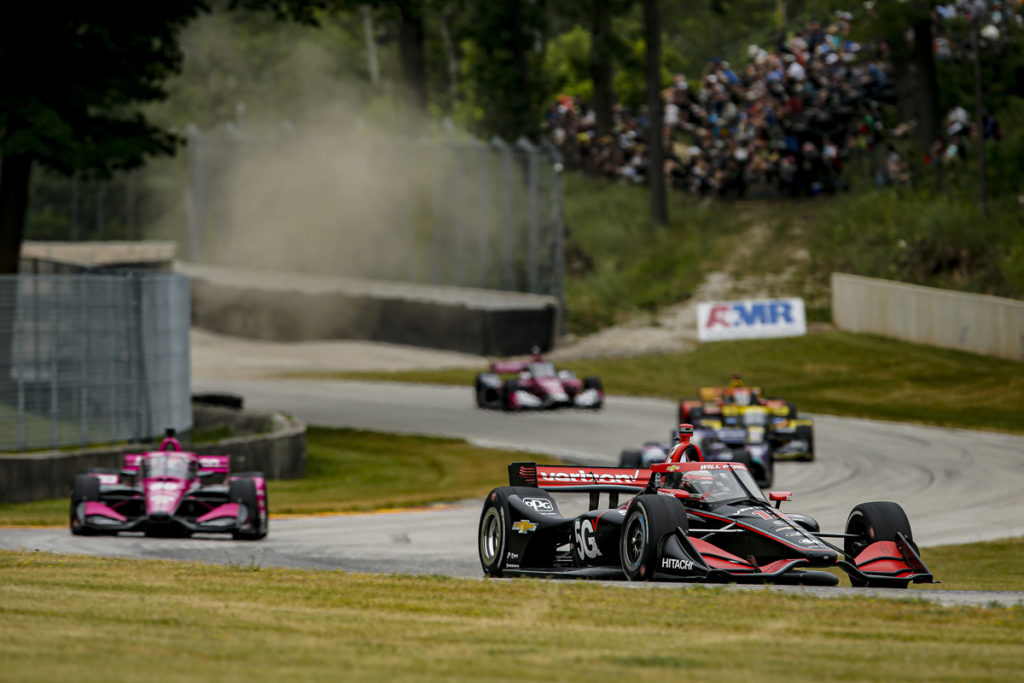
Unlike Formula 1, teams competing in IndyCar have to meet certain specifications. All the participating teams have to use the chassis supplied by Dallara. Teams can choose between engines supplied by Chevrolet and Honda. Firestone is the only supplier of tyres to IndyCars. All teams competing in IndyCar races start with the same major equipment. Even the types of turbochargers, brake pads and gearboxes are specified by IndyCar. Teams optimise the performance of their cars by tuning the car to their drivers’ liking. In short, all the competing cars look the same except for their colour, though their speeds may differ.
Which tracks do IndyCars race on?
The IndyCar racing season, more often than not, starts in March and ends in September. All IndyCar races are confined to the United States except for one race in Canada. IndyCars race on oval speedways and superspeedways as well as street and road circuits. There are 42 different race tracks of all sorts to choose from for the 17 races held every season. Most of the races are 500 miles long with as many as 33 drivers racing in any given race. Indianapolis Motor Speedway hosts the most attended IndyCar race. The race on the oval speedway consists of 200 laps and as the name suggests, is 500 miles long. The Indianapolis Motor Speedway is a 2.5 miles long course.
IndyCar, along with 24 Hours of Le Mans and Monaco Grand Prix form a part of the Tripple Crown of Motorsport. Graham Hill (a British racing driver) is the only driver to have won the crown by winning all three races in one season. While there are many oval tracks in America, their length varies widely. Road America, in Wisconsin, is 4 miles long while most of the other tracks are between one and two miles. For a track of a smaller length, the number of laps will increase for the completion of the race.
What goes on during an IndyCar racing week?
There are practise sessions in which drivers can test the handling of the car and become familiar with the track. The first stage of racing is qualifying. This helps a driver secure a place on the grid. IndyCar has two different qualifying procedures for different tracks. In all qualifying rounds, the drivers start from the pit lane and are assumed to be in the last position on the grid till they finish their qualifying run.
For road and street courses, the driver gets a 10-minute open session where he can complete as many laps as possible. The drivers are split into two different groups. The first qualifying session is an elimination session. The fastest six drivers from each group will qualify for the second qualifying session. The remaining drivers are placed on the grid based on their fastest average speeds. The second qualifying session eliminates another six drivers from the twelve. A third qualifying round follows and the fastest three are placed in the leading positions on the starting grid.
The qualifying sessions on ovals are different from those for the road and street courses. The drivers are allowed two warm-up laps followed by two hot laps. The total time taken in completing the two hot laps will determine the position of the car on the starting grid. Most drivers try and record their fastest times in the first two laps after the warm-up rounds because their tyres are warm and fresh.
Qualification on the Indianapolis Motor Speedway differs from that on the other ovals. On this speedway, drivers get to race in four hot laps. The time in completing these four laps, taken together will determine the drivers’ position on the starting grid.
How is the IndyCar race conducted?
Before the racing starts, all cars will take their positions on the race track as per their position on the grid. There can be as many as 33 cars competing in one race. They will go around the track behind a safety car in a parade round. All cars have to maintain their position during the parade round. Any erring driver will be penalised grid places when starting the race. The safety car will then indicate that the race is about to start. Upon the signal, the cars will take a rolling start till they cross the starting line. Once beyond the starting line, it is free for all and drivers floor their accelerator pedals.
Because of the length of the race (500 miles), the cars have to make several pit stops during the race. A pit stop will take anywhere between 6 to 10 seconds with the aid of mechanics. IndyCars rules allow for only six mechanics to assist a driver during a pit stop. Pit stops are used to refuel the car and to change tyres. Teams try to minimise the time spent in a pit stop to gain an advantage over the competing drivers. An IndyCar race can go on for two to three hours. Cautions and interruptions due to incidents and inclement weather can lead to a race lasting much longer.
What are the rules and regulations that apply to IndyCar racing?
Beginners need to understand the rules and regulations that govern IndyCar racing. It helps them understand the sequence of events that take place during a race. There are many rules and regulations that drivers have to observe and follow when racing. As with any other racing motorsport, IndyCar prioritises drivers’, officials’, and spectators’ safety. Many of the regulations have to do with car specifications. But all IndyCars are checked before the competition for compliance. The remaining regulations are the ones that drivers need to follow while racing.
With safety as a priority, IndyCar has put into place several restrictions. They include the compulsory use of the six-point restraint. The windscreen, which was introduced in the 2020 season, along with the halo protects the driver’s upper torso. The flag system tells the drivers what action to take in certain circumstances. Any driver breaching the instruction becomes liable to a penalty. These instructions are conveyed by using a number of coloured flags.
The yellow flag is the one that is most frequently used during a race. The flag indicates that there has been an incident and warns the drivers to drive with caution. So long as the yellow flag is displayed drivers are not permitted to overtake and have to maintain their position. The safety car comes out and indicates when the caution period is over. A red flag indicates that the race has been stopped. This may either be due to a serious incident on the track or due to inclement weather. It indicates that the track is not safe to race on.
A blue flag indicates that a faster car is approaching a slower car to lap it. The driver of the slower car has to give way to the lapping car when he sees the blue flag. If the driver doesn’t obey the signal, he is liable to be shown a black flag. A black flag indicates that the driver has to go to his pit and consult with the IndyCar safety officials. Several other flags are used, though these flags are used much less often.
Penalties are awarded to drivers who are deemed to have driven in an unsafe or unfair manner. The penalties may be in the form of hefty fines to the driver and/or team and/or serving time in the pit stops. Grid penalties are also awarded to drivers who breach regulations and use extra or unapproved engines. The penalty system in IndyCar racing is much the same as is in Formula One.
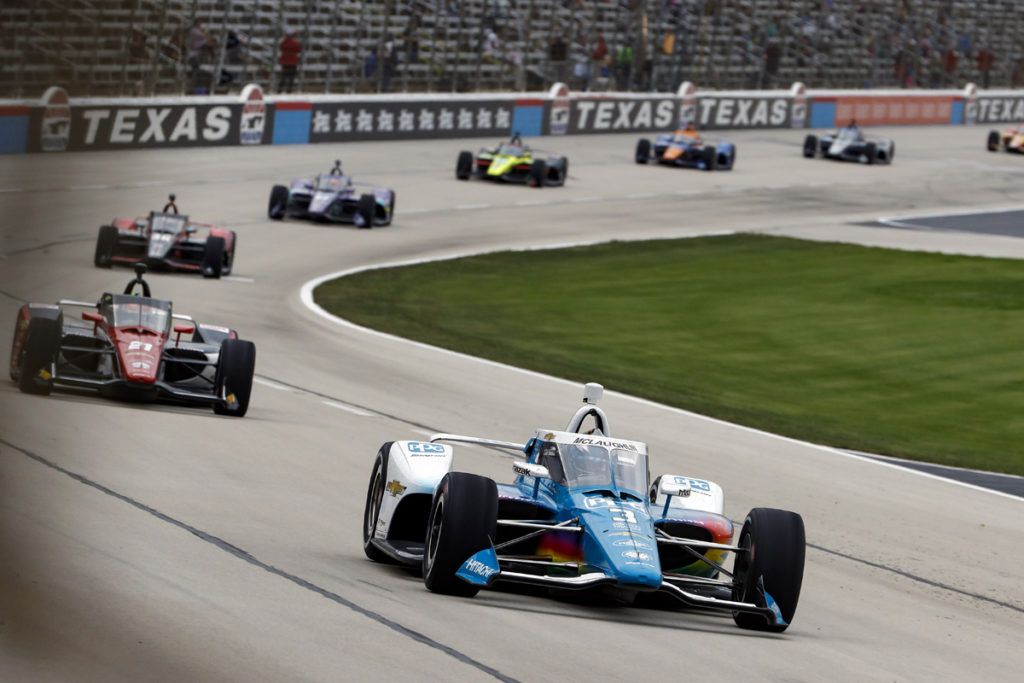
How are points awarded in IndyCar races?
IndyCar awards a championship at the end of every season to one driver and one engine manufacturer. Points are awarded to the drivers and engine manufacturers at the end of every race. Whosoever accumulates the most points, wins the championship award. The winning driver is awarded 50 points at the end of the race. The other drivers earn lesser points with the last 9 drivers getting 5 points each. There are bonus points to be earned throughout the race and drivers go all out for them to gain an advantage.
A driver taking pole position in the qualifying session earns bonus points. Points are also awarded to each driver that records the fastest time in each lap. A driver that leads in the most laps also earns bonus points. Special bonus points are on offer at the Indy500 race. All drivers securing grid positions from the pole through to the ninth place are awarded bonus points. The driver with the most accumulated points wins the race.
Conclusion
IndyCar, along with Formula 1, is the top two fastest and most popular open-wheeled motorsports in the world. While Formula 1 allows car manufactures to build their own chassis to specifications, IndyCar allows only spec cars to race. This makes the competition more even and fierce. IndyCar often throws up surprise winners, sometimes by just a few fractions of a second. The different kinds of tracks that IndyCars race on makes it one of the most challenging and exciting motorsports in the world.
You may also be interested in: What Is IndyCar’s Aeroscreen?

